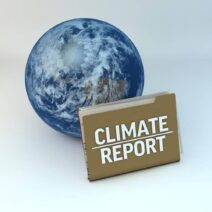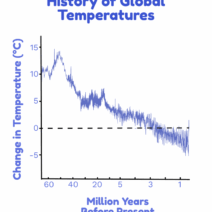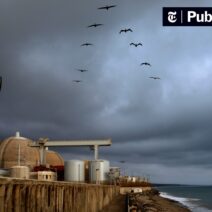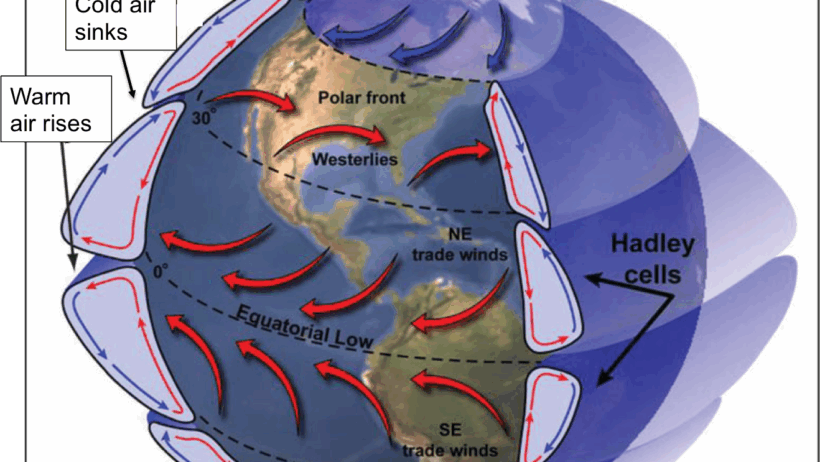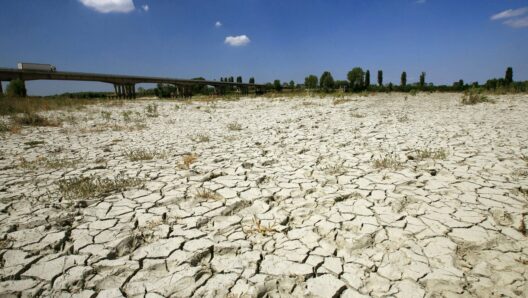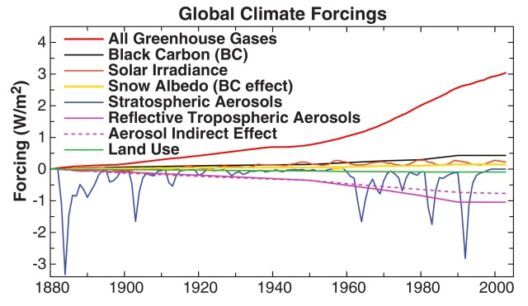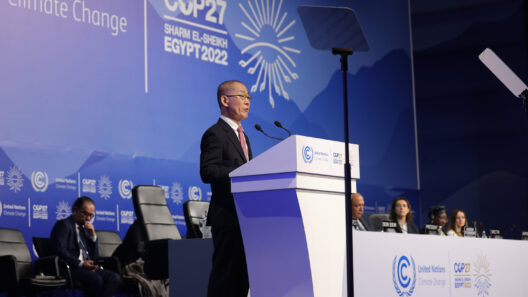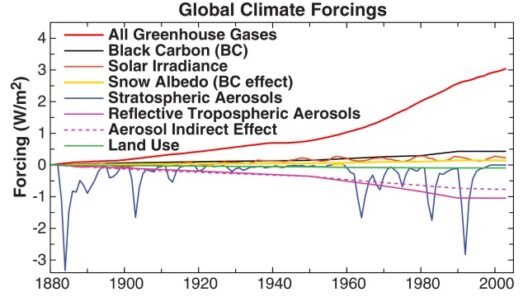Air currents are a fundamental component of the Earth’s climate system. They facilitate the distribution of heat, moisture, and pollutants across the globe. As global warming continues to progress, the dynamics of these currents are experiencing transformative shifts that demand attention and understanding. A nuanced examination reveals not only the mechanics of how wind currents operate but also the subtle intricacies tying them to broader climatic changes.
To start, one of the most common observations regarding air currents is their seemingly erratic behavior. On certain days, weather forecasts feature unexpected temperature shifts or precipitation patterns. While this may seem like an enigma to many, the underlying explanations often point to the influence of global warming on atmospheric dynamics. Increased greenhouse gas emissions have led to alterations in both temperature gradients and pressure systems, resulting in modifications to prevailing wind patterns.
Understanding these dynamics begins with the concept of thermodynamics. The unequal heating of the Earth’s surface creates distinct temperature zones. The equator receives more direct sunlight than the poles, prompting warm air to rise near the equator and allowing cooler, denser air from higher latitudes to move in. This fundamental process establishes a convection current that drives the global wind patterns known as trade winds, westerlies, and polar easterlies. However, as global temperatures rise, these temperature differences are becoming more pronounced, ultimately causing shifts in the behavior of these currents.
Moreover, the phenomenon known as the Jet Stream—a fast-flowing ribbon of air high in the atmosphere—is also undergoing significant changes as a result of climate change. Traditionally, the Jet Stream acts as a boundary between colder polar air and warmer subtropical air. However, as Arctic temperatures soar at a rate much faster than those in the tropics, this boundary is becoming increasingly unstable. The result? Erratic shifts in weather patterns, including prolonged droughts, intense storm systems, and unseasonable temperatures.
One profound implication of this transformation is the emergence of extreme weather events. For instance, heatwaves and heavy rainfall can now be linked to alterations in wind patterns. When the Jet Stream dips southward, it can trap warm air in specific regions, resulting in prolonged periods of heat. Conversely, when it shifts northward, it can lead to significant rain as moist oceanic air is drawn inland. These extremes are not just isolated incidents but are becoming increasingly common as the climate continues to warm.
Another aspect to consider is the role of ocean currents in conjunction with atmospheric winds. The coupling of air and sea is critical to our planet’s climate system. Ocean currents, driven in part by wind patterns, play a vital role in regulating temperatures and distributing heat around the globe. For example, the Gulf Stream transports warm water from the tropics to the North Atlantic, significantly impacting the climate of Western Europe. As air temperatures rise, however, these currents can be altered. A freshening Arctic due to melting ice caps affects the salinity of ocean waters, in turn disrupting these vital currents. The implications are dire: a slowdown in ocean circulation could lead to drastic climatic feedback loops.
As these transformations take place, the implications for biodiversity become increasingly alarming. Shifts in wind patterns can influence migration patterns of birds and insects, disrupting ecosystems that have thrived for millennia. Additionally, the changing climate is impacting the habitats of numerous species. For instance, as warmer air and sea temperatures create conditions intolerable for some marine species, their migration can result in ecological imbalances with cascading effects. Maintaining ecological equilibrium becomes more challenging as species either adapt to these changes or succumb to the pressures of habitat loss and competition.
Furthermore, the socio-economic ramifications are profound. Communities that rely on predictable weather patterns—such as farms producing staple crops—face uncertainty. Crop yields are vulnerable to unexpected frost, drought, or flooding, leading to food insecurity. The implications extend beyond local areas; commodity price fluctuations can impact global markets, exacerbating economic instability in already vulnerable regions.
With all these changes, one might wonder: is it possible to mitigate the influence of global warming on air currents? The answer lies in actively addressing climate change. Reducing carbon emissions, transitioning to renewable energy sources, and implementing sustainable practices are crucial steps towards curtailing this destabilization. Collaboration on a global scale is essential—not only to engage in mitigation efforts but also to facilitate adaptation strategies for communities already feeling the brunt of these changes.
In conclusion, the science behind the shifting winds is intricate yet profoundly vital. As we observe the manifestations of climate change, understanding the interplay between air currents and our evolving atmosphere can illuminate the underlying factors at play. It is essential to foster awareness and take actionable steps, for the winds of change are indeed upon us, shaping our planet’s future in ordinary and extraordinary ways. The unraveling mysteries of wind currents provide ample reason to advocate for a more sustainable approach to our interaction with the Earth’s delicate systems.
